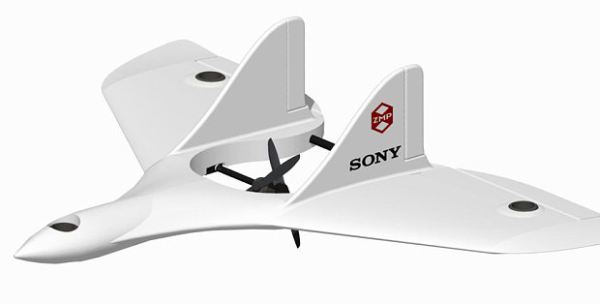Podcast: Play in new window | Download (Duration: 36:46 — 25.3MB)
Subscribe: Google Podcasts | Email | RSS
Canada selects a national drone management system, BlueBird Aero Systems wins a large UAS order, North Texas aims to educate new drone flyers, Freedom of Information Act produces mystery drone emails, flying over (and into) the Golden Gate Bridge, and drones that monitor environmental changes.
UAV News
NAV Canada signs strategic deal to help manage drones
NAV Canada has selected Unifly to provide a national system with digital services for safely operating and managing drones in Canadian airspace. The system has an intuitive user interface and Canadian drone pilots can use the web and mobile apps to identify safe and legal airspace. Requests for authorization to fly in controlled airspace can be made and drone flights planned. See also the Unifly YouTube channel.
BlueBird Aero Systems Secures an Order for Over 150 Vertical Take-Off and Landing (VTOL) UAS
BlueBird Aero Systems received an order for more than 150 vertical take-off and landing (VTOL) UAS of various categories. A European military customer has ordered the WanderB-VTOL Mini UAV and ThunderB-VTOL Tactical UAV. These will be operated by infantry soldiers, armored units, artillery corps, and special forces. The order is worth “tens of millions of euros.”
“Know Before You Fly”: North Texas Community Steps Up to Provide Drone Flyers with Resources
The North Texas UAS Safety and Integration Task Force is working to provide new drone flyers with a free “Know Before You Fly” training workshop. They are working with sponsors including Women and Drones, AUVSI Lonestar, and drone industry solution providers. The Task Force, under the North Central Texas Council of Governments, wants to help mitigate reckless UAS operations and promote the safe integration of UAS technology into the DFW regional airspace.
Internal Air Force Emails Show Confusion And Concern Over Colorado’s Mystery Drones
There has been no serious explanation of the mystery drones that were spotted in several states. However, a volunteer researcher operating in affiliation with the Scientific Coalition for UAP Studies recently obtained emails through the Freedom of Information Act that include internal communications of the public affairs office at F.E. Warren Air Force Base and the 90th Security Forces Group. The heavily redacted emails indicate that the military took the sightings seriously.
Drones fly illegally and crash at the Golden Gate Bridge in hunt for photos
People are violating the prohibition of flying drones in the Golden Gate National Recreation Area, which surrounds the Golden Gate Bridge. Five drones have crashed onto the roadway, and an additional drone crashed into one of the towers. Park rangers handle drone enforcement in the National Recreation Area, have issued citations, and have seized drones.
Monitoring climate change from the sky: DRONES could play a ‘critical role’ in tracking the effects of global warming but only if their battery life improves, expert claims
Drones can be used to monitor climate change over large areas. But they need to stay aloft a long time to collect data, and drones with long flight times are expensive. Researchers at the University of Southampton are working with Dr. Ewan Kirk to develop new drones and batteries that are less expensive and fly longer. Three teams of fourth-year students will work to create better drones, then test them by monitoring a live volcano in Guatemala.

